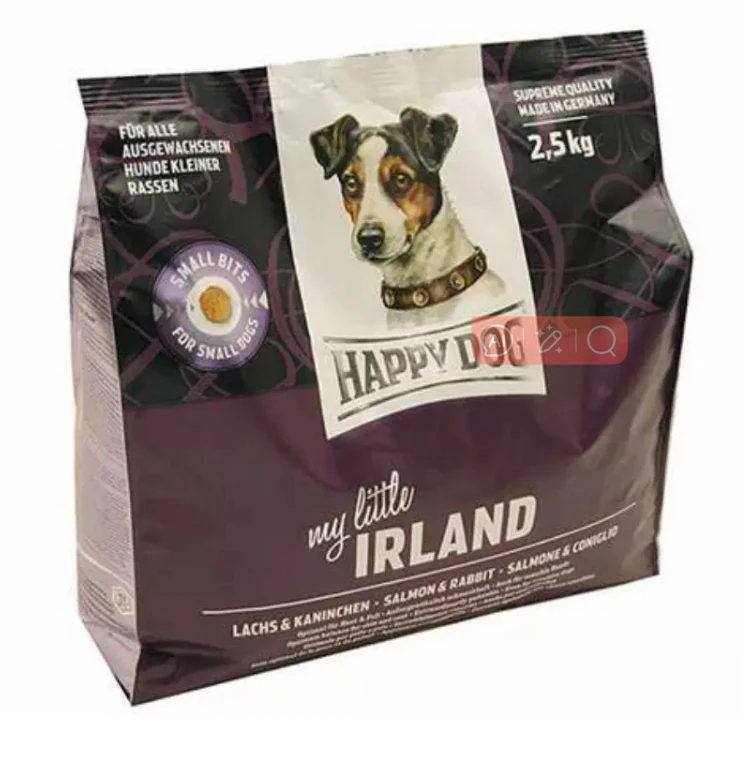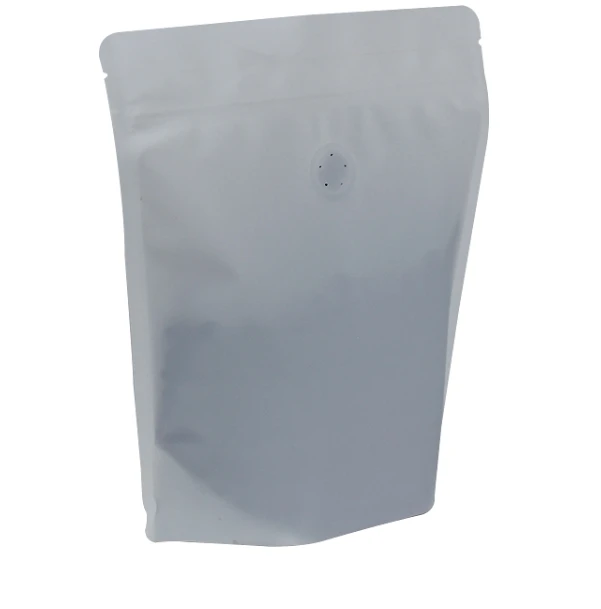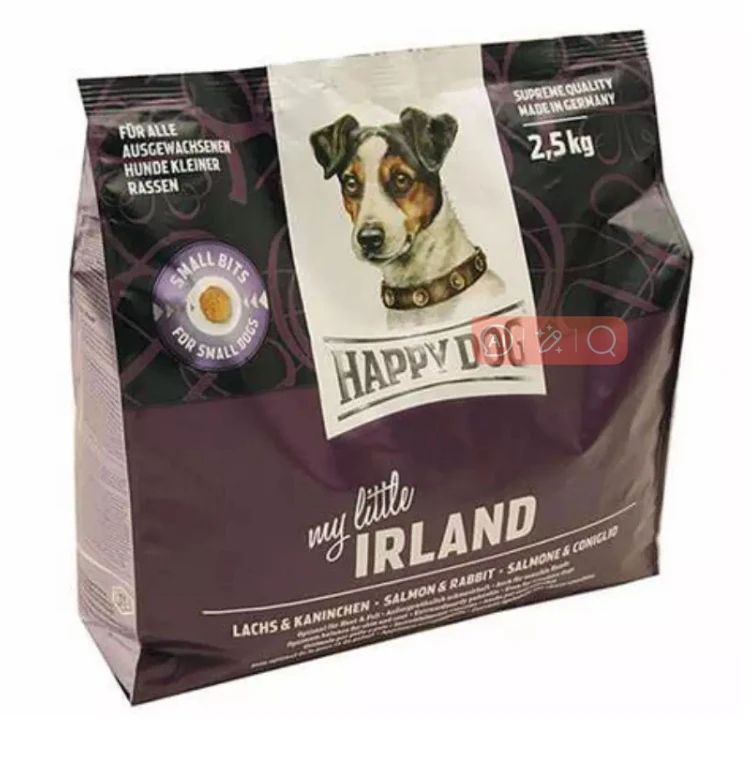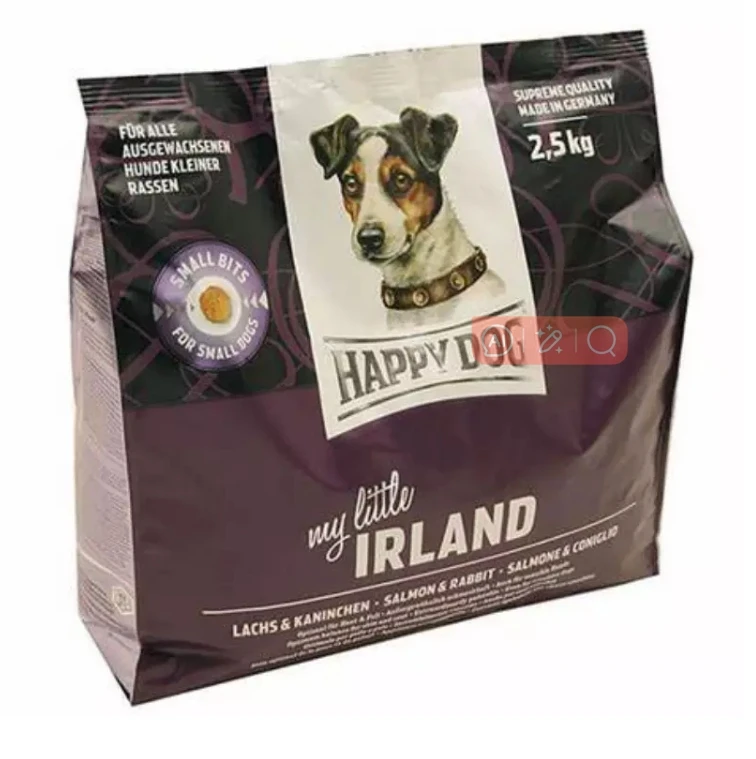- Afrikaans
- Albanian
- Amharic
- Arabic
- Armenian
- Azerbaijani
- Basque
- Belarusian
- Bengali
- Bosnian
- Bulgarian
- Catalan
- Cebuano
- chinese_simplified
- chinese_traditional
- Corsican
- Croatian
- Czech
- Danish
- Dutch
- English
- Esperanto
- Estonian
- Finnish
- French
- Frisian
- Galician
- Georgian
- German
- Greek
- Gujarati
- haitian_creole
- hausa
- hawaiian
- Hebrew
- Hindi
- Miao
- Hungarian
- Icelandic
- igbo
- Indonesian
- irish
- Italian
- Japanese
- Javanese
- Kannada
- kazakh
- Khmer
- Rwandese
- Korean
- Kurdish
- Kyrgyz
- Lao
- Latin
- Latvian
- Lithuanian
- Luxembourgish
- Macedonian
- Malgashi
- Malay
- Malayalam
- Maltese
- Maori
- Marathi
- Mongolian
- Myanmar
- Nepali
- Norwegian
- Norwegian
- Occitan
- Pashto
- Persian
- Polish
- Portuguese
- Punjabi
- Romanian
- Russian
- Samoan
- scottish-gaelic
- Serbian
- Sesotho
- Shona
- Sindhi
- Sinhala
- Slovak
- Slovenian
- Somali
- Spanish
- Sundanese
- Swahili
- Swedish
- Tagalog
- Tajik
- Tamil
- Tatar
- Telugu
- Thai
- Turkish
- Turkmen
- Ukrainian
- Urdu
- Uighur
- Uzbek
- Vietnamese
- Welsh
- Bantu
- Yiddish
- Yoruba
- Zulu
options for cannabis product packaging solutions
Exploring the World of Packages for Weed What You Need to Know
As cannabis legalization continues to spread across various regions, the market for marijuana products has rapidly grown. With this growth comes an increasing demand for effective and attractive packaging solutions tailored specifically for weed. Packaging design plays a critical role in branding, compliance, and consumer experience. In this article, we will explore the various types of packaging for weed products, the importance of sustainable practices, and the future trends in this evolving industry.
Types of Packaging for Weed
When it comes to packaging cannabis products, several categories emerge based on the form of the product being packaged. These categories include flower, concentrates, edibles, oils, and accessories
1. Flower Packaging The most traditional form of cannabis consumption is still prevalent today. Flower packaging usually consists of airtight containers to maintain freshness. Common materials include glass jars, vacuum-sealed bags, and mylar pouches, often adorned with vibrant graphics and branding to stand out on dispensary shelves.
2. Concentrates For products such as wax, shatter, and oils, packaging must ensure the product’s integrity and prevent contamination. Often, these products are housed in small glass or plastic containers that are both child-resistant and designed to preserve potency.
3. Edibles Cannabis-infused foods require packaging that is not only aesthetically pleasing but also effective in delineating dosage. Resealable bags and boxes are common choices, allowing consumers to enjoy the product over time while maintaining the freshness and potency.
4. Oils and Tinctures These come in dropper bottles or spray bottles, which facilitate precise dosing. Packaging for oils usually involves dark glass to protect the contents from light, as exposure can degrade the quality of the oil.
5. Accessories This category includes items such as rolling papers, pipes, and vaporizers. Packaging for these items often focuses on enhancing user experience and includes cases or pouches that are aesthetically designed and functional.
Importance of Compliance and Safety
Given the regulatory environment surrounding cannabis products, compliance is paramount. In many jurisdictions, cannabis packaging must meet specific guidelines to ensure consumer safety. This includes requirements for child-resistant features, clear labeling of ingredients and potency, and accurate product descriptions. Additionally, brands must ensure that their packaging does not promote overconsumption or appeal to minors.
packages for weed
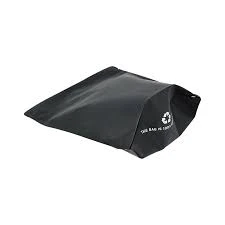
Safety extends beyond legal compliance. Packaging must also preserve the quality of the product. For example, proper sealing methods can prevent moisture and contaminants from affecting flower quality. The choice of materials, such as UV-protective packaging, can help maintain the potency of concentrates and oils over time.
Sustainable Packaging Practices
As public awareness of environmental issues grows, cannabis brands are increasingly prioritizing sustainability in their packaging choices. Traditional packaging materials such as plastic can contribute to significant waste, prompting companies to seek alternative solutions.
Brands are now exploring options like biodegradable materials, recycled paper, and reusable containers. Compostable mylar bags, for instance, provide a sustainable alternative while still protecting the product. Many consumers are now drawn to brands that demonstrate a commitment to eco-friendly practices, making sustainable packaging a competitive advantage.
Future Trends in Weed Packaging
The future of cannabis packaging is poised to evolve further with technological advancements and emerging consumer preferences. Innovations such as smart packaging, which incorporates QR codes and augmented reality, can enhance customer engagement and provide valuable information about products.
Additionally, the rise of personalized products presents an opportunity for brands to offer tailored packaging solutions. Consumers increasingly seek individualized experiences, and packaging that reflects this desire can enhance brand loyalty.
As the market matures, transparency will also become more essential. Brands must be open about their sourcing, production practices, and the sustainability of their packaging materials. This level of transparency can help build trust with consumers who are becoming more discerning in their purchasing decisions.
Conclusion
The packaging of cannabis products is a multifaceted domain that combines aesthetics, compliance, safety, and sustainability. As the legal cannabis market continues to expand, so too will the importance of thoughtful packaging solutions that meet consumer demands and regulatory requirements. By keeping an eye on trends and prioritizing sustainable practices, brands can not only enhance their market presence but also support a responsible and eco-conscious cannabis culture.





